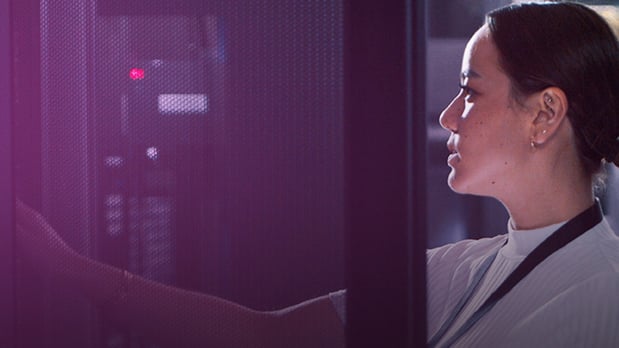U.S. adversaries are also vying to control the destiny of the 4th industrial revolution, which is merging the physical, digital, and biological worlds in ways that create both opportunities and risks. How authoritarian governments employ technologies like artificial intelligence (AI) and quantum computing could have profound long-term implications for U.S. national and economic security.
To advance their agendas, Russia, the PRC, and other adversaries are increasingly looking to wield cyber capabilities as instruments of power. Further, they are developing the technical means to harm the American economy through a range of malicious activities such as data theft and disruptive attacks, which fall under the umbrella of cyber-enabled economic warfare. Geopolitical tensions, meanwhile, are rising across the globe. Examples of this include the Russia-Ukraine war and the PRC’s stated desire for reunification with Taiwan.
Now more than ever, critical infrastructure owners and operators must proactively prepare for disruptive threats to digital systems and supply chains, including the potential for significant risks that cascade across sectors. Such threats may fall below the threshold of kinetic war but can still be consequential. No wonder most Americans are concerned about cyberattacks, particularly those targeting financial institutions and those emanating from the PRC and Russia.











